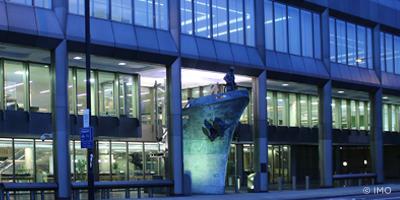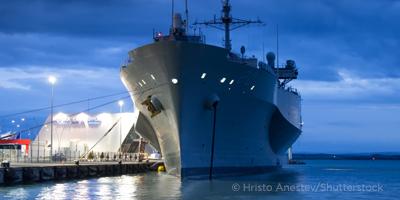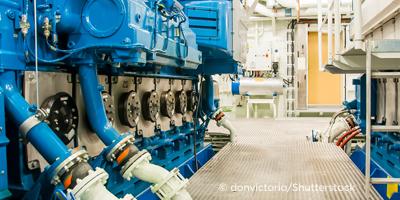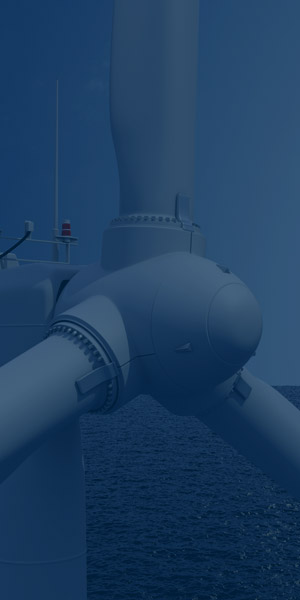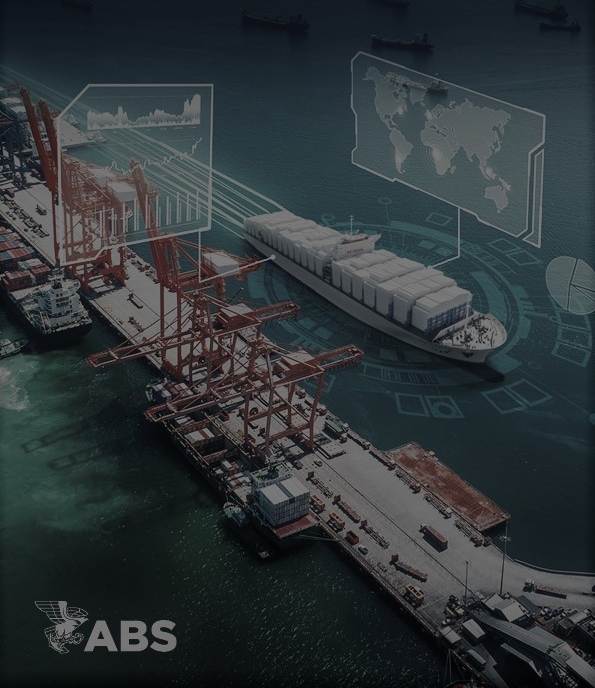Quick Links
- Rules and Resources
-
Services
Quick Links
Offshore- Production
- Offshore Support Vessels
- Exploration
- Offshore Wind Projects
- Offshore Wind Vessels
- Subsea Solutions
- Offshore Sustainability
- Offshore Space Support
- Floating Production Storage and Offloading (FPSOs)
- Offshore Energy Production
- Offshore Aquaculture
- Subsea Mining
- Novel Concepts and New Technologies
- Offshore Decommissioning
Sustainability and Decarbonization- Energy Efficiency Existing Ship Index (EEXI)
- Sustainability Reporting and Assurance
- Simulation-based Energy Efficiency Evaluation Service (SIM EEE)
- Greenhouse Gas (GHG) Rating Improvement
- Greenhouse Gas Inventory and Carbon Accounting
- Carbon Capture, Utilization, and Storage (CCUS)
- Alternative Fuel Options
- Alternative Power Sources
- Marine Sustainability
- Offshore Sustainability
- Green Shipping Corridors
- Methanol Value Chain
- Gas
- Carbon Intensity Indicator (CII)
- Ammonia Value Chain
- Carbon Diligence Platform
- Innovation and Technology
-
News and Events
Quick Links
-
About
Quick Links
- Rules and Resources
- Services
- Innovation and Technology
- News and Events
- About Us and Careers
- Rules and Resources
- Rules and Guides
- Regulatory Updates
- Advisories and Debriefs
- Flag and Port State
- Engineering Software / License
- Engineering Reviews
- ABS MyFreedom™ Portal
- Databases
- Forms
- Services
- Classification
- Approval and Certification
- Company and Ship Audits
- Global Marine
- Global Offshore
- Global Government
- Sustainability and Decarbonization
- Digital Solutions
- Cybersecurity
- Maritime Training
- Innovation and Technology
- Technology Advancement
- Academic Engagement
- Industry Partnerships
- Data and Digitalization
- Knowledge Center
- About Us and Careers
- Who We Are
- Safety
- Careers
- Contact Us

Alternative Power Sources
Lithium Batteries | Supercapacitors | Direct Current (DC) Power Distribution Systems | Fuel Cell Power Systems | Wind Assisted Propulsion Systems
Overview on Hybrid Electric Power
For over 60 years, the dominant form of ship propulsion consisted of diesel engines delivering thrust via a shaft and propeller. But as the industry moves forward, owners and operators must explore non-conventional sources of energy to power and propel vessels and meet environmental regulations. ABS has developed industry-leading guidance on alternative hybrid electrical technologies and offers certifications for the operation and installation of these technologies on vessels.
A hybrid electric power system utilizes multiple sources of power, both non-traditional sources (e.g. batteries, super-capacitors, fuel cells) and traditional sources (e.g. internal combustion engine driven generator sets, shaft generator driven by main engine). These can be categorized as hybrid forms of energy storage, distribution and generation.
To learn more, contact us or view our guidance documents below.
- Energy Storage
- Energy Distribution
- Energy Generation
Lithium Batteries
Lithium batteries are relatively new for the marine and offshore industry and for large energy applications. However, they are the dominant rechargeable battery and provide high energy density, faster charging, low self-discharging, low memory effect and are lightweight in nature.
More Insights: Requirements | Whitepaper
Supercapacitors
Supercapacitors, or electrochemical capacitors, offer a high-power density, fast charging and discharging, no thermal runaway and a wider operating-temperature range compared to other types of electric energy storage devices. The application of supercapacitor technology can help improve energy efficiency of the onboard power plant.
More Insights: Requirements
Flywheels
Flywheels are mechanical devices designed to store kinetic energy from rotation, dependent upon their size and rotational speed. A flywheel is a type of energy accumulator that inherently smooths small deviations in the power output of a system. They can be used in mechanical energy storage systems.
Direct Current (DC) Power Distribution Systems
Lithium batteries are relatively new for the marine and offshore industry and for large energy applications. However, they are the dominant rechargeable battery and provide high energy density, faster charging, low self-discharging, low memory effect and are lightweight in nature.
.jpg)
Requirements for Direct Current (DC) Power Distribution Systems for Marine and Offshore Applications
Download RequirementsFuel Cell Power Systems
Fuel cell power systems convert chemical energy from a fuel into electricity through an electrochemical reaction of fuel with oxygen or another oxidizing agent. They are unique in that they can continuously produce electricity as long as a fuel and oxygen are supplied, providing increased energy efficiency, low to zero emissions and reduced noise levels.
More Insights: Requirements
Wind Assisted Propulsion Systems
Wind assisted propulsion systems utilize wind thrust to reduce vessel fuel consumption, providing energy savings and reducing main engine power requirements. There are two modern technologies in this area: Flettner rotors and wing sails.
More Insights: Requirements
Solar Power
The conversion of energy from sunlight into electricity using photovoltaic (PV) cells can be useful for a wide range of applications, including auxiliary power generation on marine and offshore vessels. Solar PV is rapidly becoming an inexpensive, low-carbon technology to harness renewable energy from the sun and support the decarbonization of shipping.
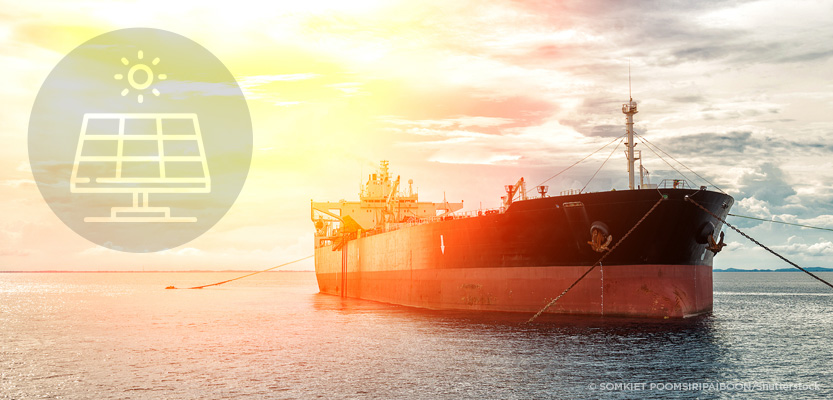
Requirements for Fuel Cell Power Systems For Marine and Offshore Applications
Download Requirements
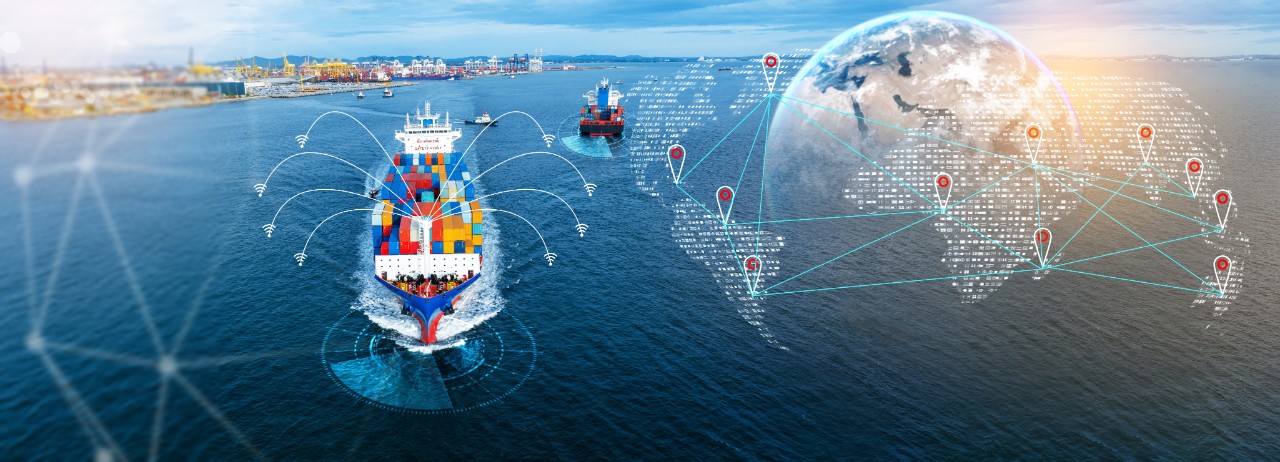
Requirements for Use of Lithium Batteries in the Marine and Offshore Industries

© 2024 American Bureau of Shipping. All rights reserved.





